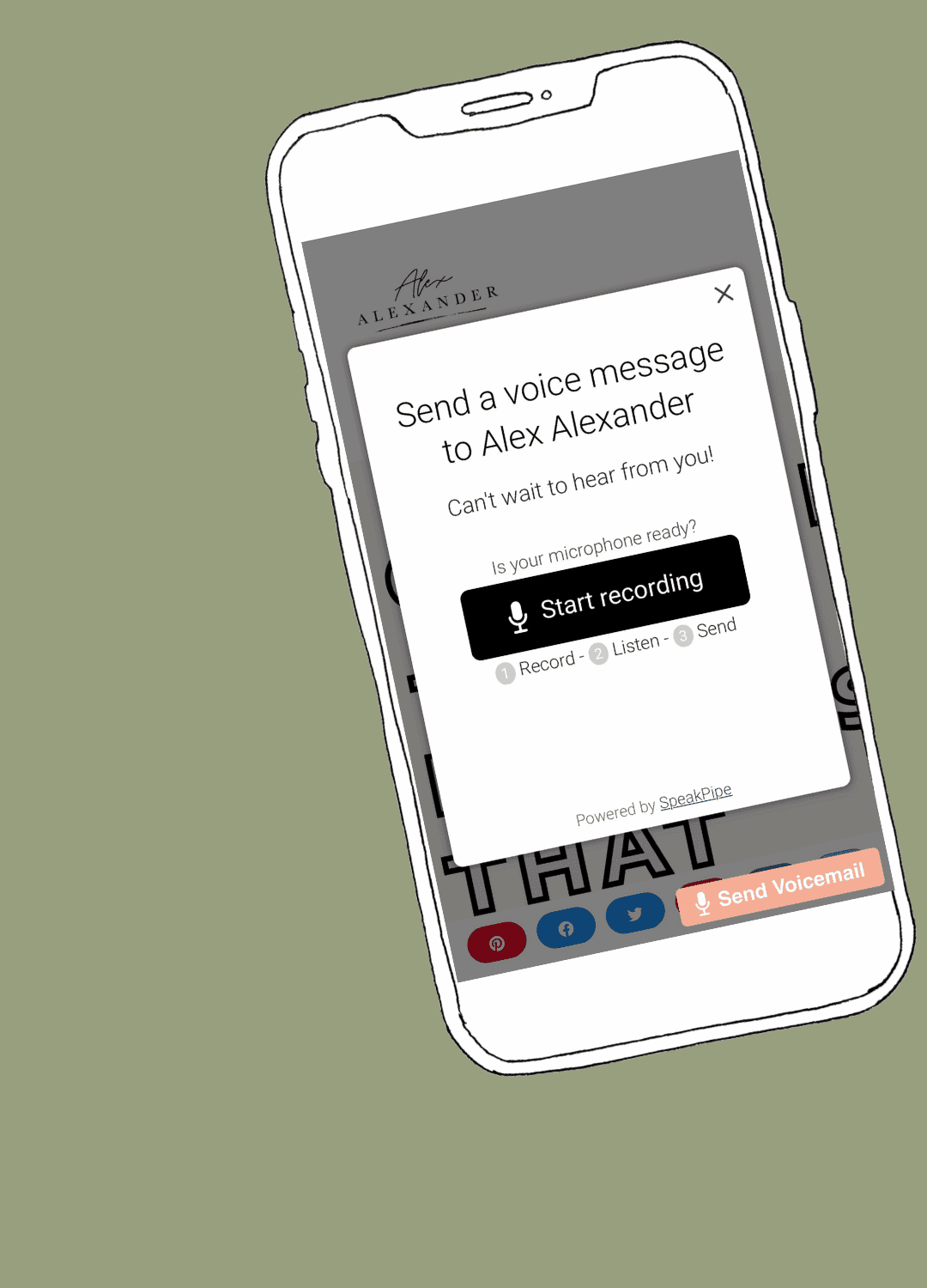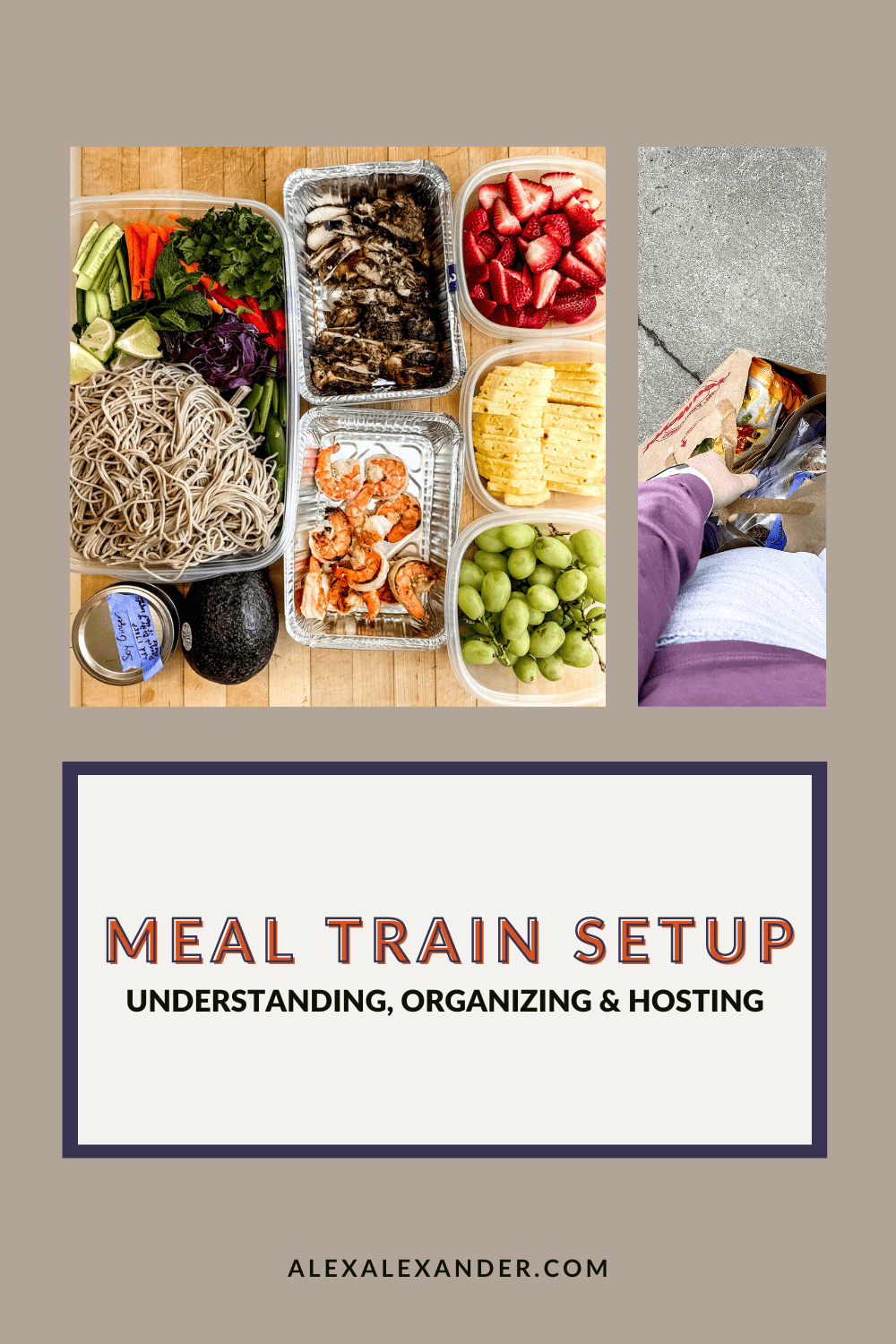
When a loved one is going through a challenging time, setting up a meal train can be one of the most impactful ways to show your support. This simple act of carework ensures that your friend or family member has one less thing to worry about during a difficult period. A meal train can provide much-needed comfort and nourishment, whether they’re welcoming a new baby, recovering from surgery, dealing with an illness, or facing any other life-altering event.
Organizing a meal train doesn’t have to be complicated or time-consuming. All it takes is a heartfelt conversation with the recipient to understand their needs, create a user-friendly meal train page, and send out invitations to rally the community. By taking on this important role, you’ll coordinate much-needed support that will touch the lives of those you care about, as well as friends and community members alike.
There are countless reasons to create a meal train for someone:
-
Welcoming a new baby
Recovering from surgery or illness
Dealing with a family emergency
Grieving the loss of a loved one
Moving to a new home
Experiencing a major life transitionFacing financial hardships
No matter the situation, a meal train organized by friends can be a lifeline during times of stress and uncertainty. If you’re considering setting up a meal train for someone in your life, know your efforts will be deeply appreciated. And remember, participating in a meal train comes with its own set of meal train etiquette guidelines to ensure a smooth and helpful experience for everyone involved. Be sure to check out our article on meal train etiquette for more tips and insights.
Understanding Meal Trains
Meal Train Basics
Let’s talk about meal trains and how they can be a lifesaver for loved ones going through a tough time. You know when a friend or family member is dealing with a new baby, an illness, or some other major life event? That’s where meal trains come in!
So, what exactly is a meal train? It’s basically a super-organized way for a community to come together and support someone by providing meals. The idea is to take the stress of cooking off their plate (pun intended!) so they can focus on what really matters, like getting better or snuggling that adorable new baby.
Here’s how it usually works: a close friend or family member (let’s call them the meal train conductor) reaches out to the person who needs a little extra love and support. They’ll ask about any dietary restrictions, allergies, and the best times to drop off meals. Then, the conductor creates a schedule using a handy online tool and invites all the person’s friends, family, and even coworkers to join in. Everyone signs up for a day that works for them, and boom – the meal train is rolling!
On their chosen day, each person brings over a meal. It could be a homemade casserole, a store-bought lasagna, or even a gift card for their favorite takeout spot. The point is, the recipient gets a steady stream of food and love from their community. And the best part? The meal train can keep chugging along for as long as needed, whether that’s a week or a few months.
So, there you have it – meal trains in a nutshell! It’s a simple but amazing way to show someone you care and make their life a little easier during a challenging time. And trust me, as someone who’s been on both the giving and receiving end of a meal train, it means more than you can imagine.
Focus on the Recipient Needs
Regarding meal trains, the most important thing to remember is that it’s all about showing up for your loved one. It’s a way to say, “Hey, I’m here for you, and I want to make your life a little easier right now.” That means being mindful of their needs and preferences is key. Take the time to find out if they have any dietary restrictions, allergies, or even just foods they’re not a fan of. And don’t forget to ask about the best times for drop-off – you want to ensure your well-intentioned meal delivery doesn’t interrupt a much-needed nap or a scheduled doctor’s appointment. By tailoring everything to the recipient’s needs, you show that you truly care and want to support them in the most helpful way possible.
Organizing the Meal Train
Alright, let’s dive into the nitty-gritty of organizing a meal train! This is where you’ll put on your conductor’s hat and make sure everything runs smoothly. In this section, we’ll cover all the essential steps to setting up a meal train that truly meets your loved one’s needs.
Check-In with the Recipient
Before you start rallying the troops, it’s crucial to have a heart-to-heart with the person you’re organizing the meal train for. Here are some key questions to ask:
-
What are your dietary restrictions or allergies?
Are there any foods you particularly love or hate?
What are the best times for meal drop-off?
Would you prefer homemade meals, store-bought, or a mix of both?
How many people are we cooking for? How long do you think you’ll need meal support?
Drop-off Preferences
Make sure to nail down how the recipient would like meals delivered. Do they prefer contactless drop-off, or are they okay with a quick hello at the door? Should meals be left in a cooler on the porch or handed off in person?
Establishing Schedules
Work with the recipient to determine how often they’d like to receive meals. Some might appreciate daily deliveries, while others might prefer a few meals spaced throughout the week. Get a sense of what works best for their schedule and needs.
Meal Preferences, Allergens, and Dietary Restrictions
This is a biggie! Be sure to get a clear understanding of any dietary restrictions, allergies, or strong food preferences. You don’t want to accidentally send a spicy curry to someone with a sensitive stomach or a peanut butter cookie to someone with a nut allergy.
Setting Up a Meal Train Page
Now that you’ve got all the details sorted, it’s time to create your meal train page. Here’s what you’ll want to include:
-
A brief intro explaining the situation and why the meal train is being organized
The recipient’s address and preferred drop-off times
- Any dietary restrictions, allergies, or food preferences
- The schedule of available dates for meal sign-ups
- Instructions for meal drop-off (e.g., leave in cooler on the porch)
- Optional: a note about including a favorite treat or extra item like cut fruit or snacks
Inviting Participants and Sharing the Link
You’ve got your page all set up – now it’s time to invite the community! Share the meal train link with friends, family, and coworkers who might want to participate. A heartfelt invitation can go a long way in getting people excited to help out.
When setting up a meal train, be sure to include the following in the email or text you send out to participants. This information should also be included on the meal train page:
-
Who the recipient is and overview of when they need the support
An explanation of the situation and why the meal train is being organized
A link to the meal train page or schedule
Encouragement for participants to sign up and show their support
Here are some examples of working to get you started on your own meal train page and invite.
Example Meal Train Invite Wording #1
“Hey everyone! Our dear friend [Name] could use our support right now. I’ve set up a meal train to help make their life a little easier during this challenging time. If you can participate, please sign up for a date to drop off a meal. Every bit of love and support means the world!”
Example Meal Train Invite Wording #2
“As many of you know, [Name] is going through a tough time at the moment. Let’s rally together and show them how much we care by signing up for their meal train! Whether you can cook a homemade dish or send a gift card for their favorite takeout spot, every gesture makes a difference. Thanks in advance for being an amazing community!”
Example Meal Train Invite Wording #3
Dear friends and family,
I hope this message finds you well. I’m reaching out to you today because our dear friend, [Recipient’s Name], is going through a challenging time and could really use our support. [Explain the situation briefly, e.g., “As many of you know, Sarah recently underwent surgery and is now recovering at home.”]
To help make this difficult period a little easier for [Recipient’s Name], I’ve organized a meal train. By providing meals, we can take one worry off their plate and show them that they have a strong support system ready to lend a hand.
If you’d like to participate, please click on the link below to access the meal train schedule and sign up for a date that works for you. The meal train page includes all the necessary information, such as [Recipient’s Name]’s address, preferred drop-off times, and any dietary restrictions or preferences.
[Insert Meal Train Link]
Whether you’re able to cook a homemade meal, order takeout, or send a gift card, every contribution makes a difference. If you have any questions or concerns, please don’t hesitate to reach out to me. Need meal train recipe ideas – Find some here.
Thank you for being a part of this caring community and for your willingness to support [Recipient’s Name] during this time. Your kindness and generosity are truly appreciated.
With gratitude,
[Your Name]
And there you have it – a step-by-step guide to organizing a meal train that truly supports your loved one. By taking the time to coordinate with the recipient, create a clear plan, and rally the troops, you’re setting up a meal train that will make a real difference in someone’s life. Now, let’s get this meal train rolling!
Offering Participants the Opportunity to Support Without Cooking
When organizing a meal train, consider offering alternative ways for participants to show their support. By including these options in your meal train page, you’ll ensure that everyone can contribute in a way that suits their abilities and resources.
-
Takeout or Gift Cards: For those who can’t cook or live far away, suggest sending gift cards for the family’s favorite restaurants or food delivery services.
Errands: Encourage participants to offer help with errands like grocery shopping, picking up medications, or other household essentials.
Donations: If the family faces financial challenges, propose setting up a donation fund to help cover expenses and show the family they have a strong support system.- Household Tasks: To ease the family’s daily burdens, suggest that participants offer to help with laundry, cleaning, or yard work.
- Childcare and Pet Care: Assistance with babysitting, school pick-ups, or pet care is recommended for families with young children or pets.
- Emotional Support: Remind participants to check in regularly, send encouraging messages, and offer a listening ear, as emotional support is just as valuable as physical help.
- Creative Support: Inspire participants to think creatively about how they can support the family, such as sending care packages, thoughtful gifts, or organizing virtual gatherings.
By presenting these alternative support options, you’ll empower participants to contribute meaningfully, ensuring the family receives comprehensive support during their challenging time.
Final Remarks
Setting up a meal train is a powerful way to show up for your loved ones during their time of need. By taking on the role of the organizer, you become the conductor of a beautiful symphony of support, ensuring that your friend or family member feels loved and cared for during a challenging period.
Remember, the impact of your efforts goes far beyond the meals themselves. You’re providing a tangible reminder that the recipient has a strong network of people who are willing to step up and lend a helping hand. Your dedication to organizing this act of care work will not go unnoticed, and it can make a world of difference in someone’s life.
As you embark on this journey of setting up a meal train, don’t forget to explore our other resources to make the process even smoother. Our article on meal train etiquette offers valuable tips for participants, ensuring that everyone involved is on the same page and contributing in the most helpful way possible. And if you’re looking for inspiration in the kitchen, be sure to check out our extensive list of meal train recipe ideas. From comforting casseroles to nourishing soups, you’ll find plenty of delicious options to share with your loved ones.
So, whether you’re a seasoned meal train organizer or new to the concept, know that your efforts are deeply appreciated. By taking on this important role, you’re not just providing meals – you’re offering a lifeline of support that will help carry your loved ones through even the toughest of times. Thank you for being the kind of person who shows up when it matters most.
Frequently Asked Questions
How can I effectively organize a meal train for someone in need?
To effectively organize a meal train, communicate with the recipient to understand their needs, preferences, and schedule, then use a meal train website or spreadsheet to coordinate meal sign-ups and share the information with participants.
What are some recommended practices when setting up a Meal Train page?
When setting up a Meal Train page, include the recipient’s address, preferred drop-off times, dietary restrictions, allergies, and any specific instructions. Be sure to also include a meal schedule and guidelines for packaging and labeling meals.
How do I invite participants to contribute to a Meal Train effectively?
To invite participants, share the meal train link via email, social media, or text message, along with a heartfelt message explaining the situation and how their contribution can make a difference. Provide clear instructions on how to sign up and participate. Share this list of 110+ meal train recipe ideas and our full participant’s guide to meal train etiquette.
Are there advanced tips for hosting a successful Meal Train?
Some advanced tips include encouraging participants to prepare meals that can be easily frozen or reheated, offering to help with grocery shopping or errands, and suggesting non-meal related support like gift cards or household tasks. Be sure to communicate any changes or updates to the meal train schedule promptly.
How can offering support through meals positively impact someone going through difficult circumstances?
Providing meals to someone going through a challenging time can alleviate the stress of meal planning and preparation, allowing them to focus on their well-being and recovery. It also serves as a tangible reminder that they have a caring support system, which can boost their spirits and help them feel less alone during difficult circumstances.







